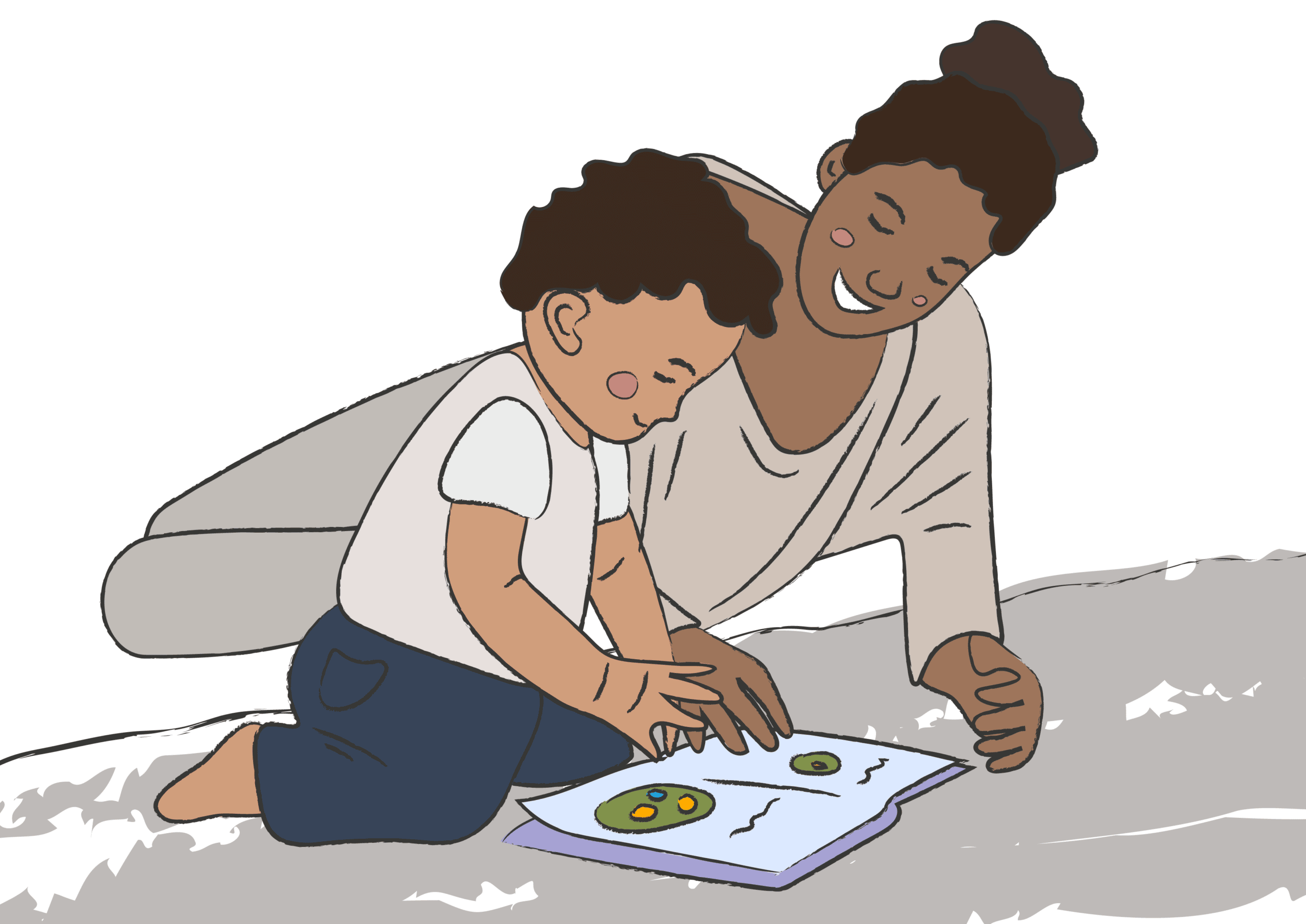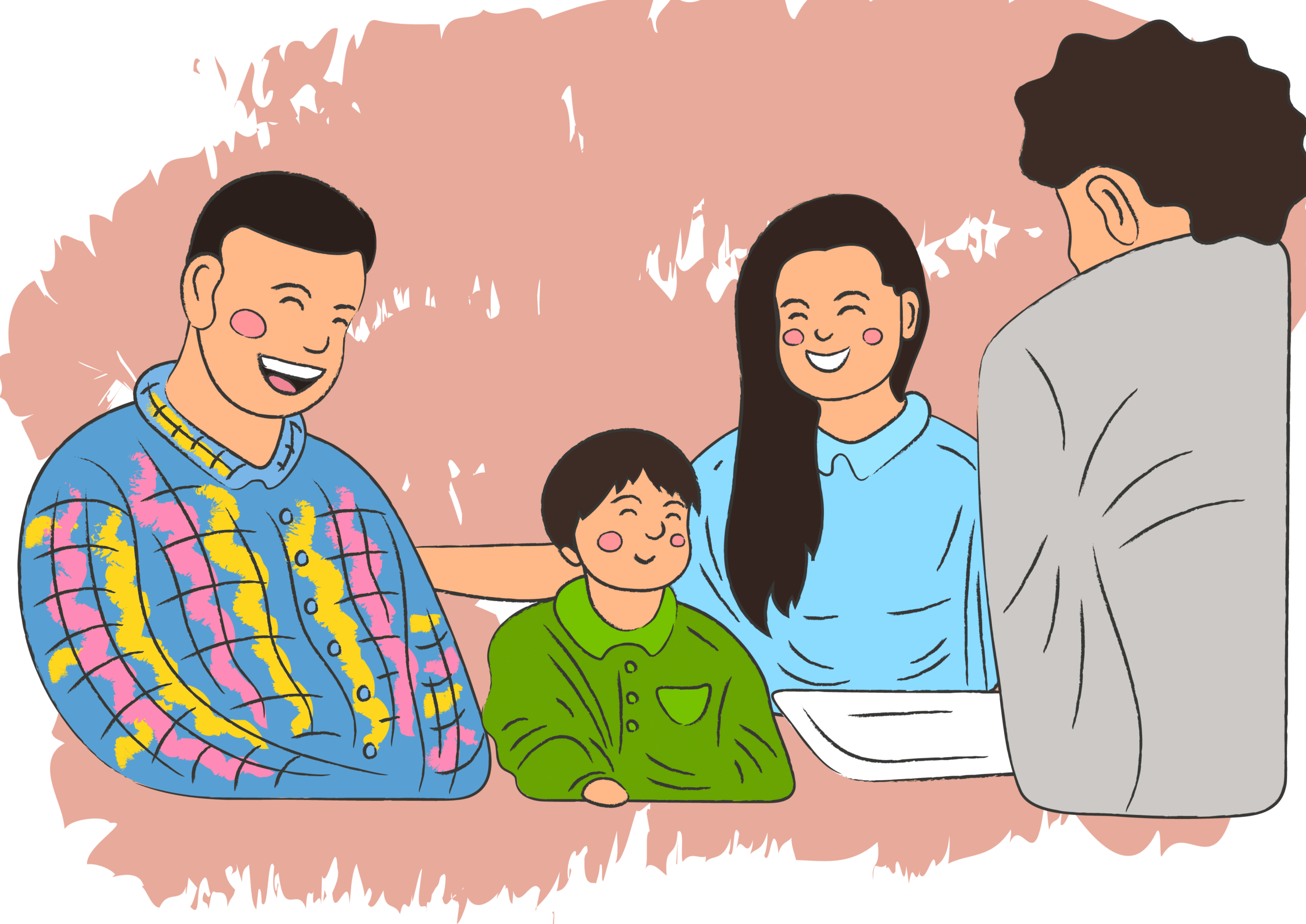How do we use ABA in Nevada Autism Center?
Applied Behavior Analysis is a scientific model of how behaviors affect and are affected by environmental events. ABA is the applied use of principles and methods of behavior analysis (such as reinforcement) to create meaningful changes in socially important behaviors.
ABA has four major characteristics:
- An objective assessment of the individual and the individual’s environment that forms the basis of an individualized treatment plan.
- Understanding of the concept of behavior within the individual, his or her family, and his or her community.
- The utilization of principles and methods of behavior analysis to improve the individual’s independence and quality of life.
- Objective and ongoing data analysis to inform clinical decision-making.
ABA has been demonstrated as effective at treating the symptoms of ASD.
Why Does ABA Work?
Over 30 years of research has demonstrated the effectiveness of ABA for individuals with autism spectrum disorder (ASD). Children who receive early intensive behavioral intervention (EIBI) have demonstrated positive improvements in their development. Areas of improvement include: communication, socialization, following instructions, daily living skills, etc.
What are the ABC’s of ABA?
- Antecedents: Antecedents are things or events that precede a behavior.
- Behavior: Behavior is an observable and measurable action. Behavior does not refer to challenging behavior only. For example, eating, yelling, reading are all behaviors.
- Consequences: Consequences are events that follow a behavior. Consequences are not always negative, they can be positive. For example, a child may receive an ice cream after standing in line quietly at the ice cream shop.
Some types of ABA therapy include
- Discrete Trial Training (DTT)
- Early Intensive Behavioral Intervention (EIBI)
- Early Start Denver Model (ESDM)
- Pivotal Response Training (PRT)
- Verbal Behavior Intervention (VBI) – focuses on teaching verbal communication skills
A plethora of research and clinical trials have gone into current ABA treatments and interventions because it hasn’t always been this way. Unfortunately, ABA has a dark past consisting of administration and nursing staff at psychiatric hospitals who developed their own form of “understanding” and “controlling” behavior.
Negative reinforcement and punishments were often used to correct “challenging” behavior and these interventions were carried out by undertrained and uneducated nurses and doctors.
Today, anyone working within the ABA therapy community in Las Vegas is held to the highest ethical standards using a comprehensive ethics code for BCBAs and RBTs, both credentials received through training and testing through the Behavior Analyst Certification Board (BACB).
You can be sure the professionals working on your child’s team have proper experience, education, and training.
Registered Behavior Technicians, or RBTs, must have
- A high school diploma
- Done 40 hours of training through the BACB
- Taken and passed the RBT exam through the BACB website
Board Certified Behavior Analysts, or BCBAs, must have
- A graduate degree – a doctoral degree for a BCBA looks like BCBA-D
- A minimum of 1,500 supervised hours on the job
- Taken and passed the BCBA exam through the BACB website



